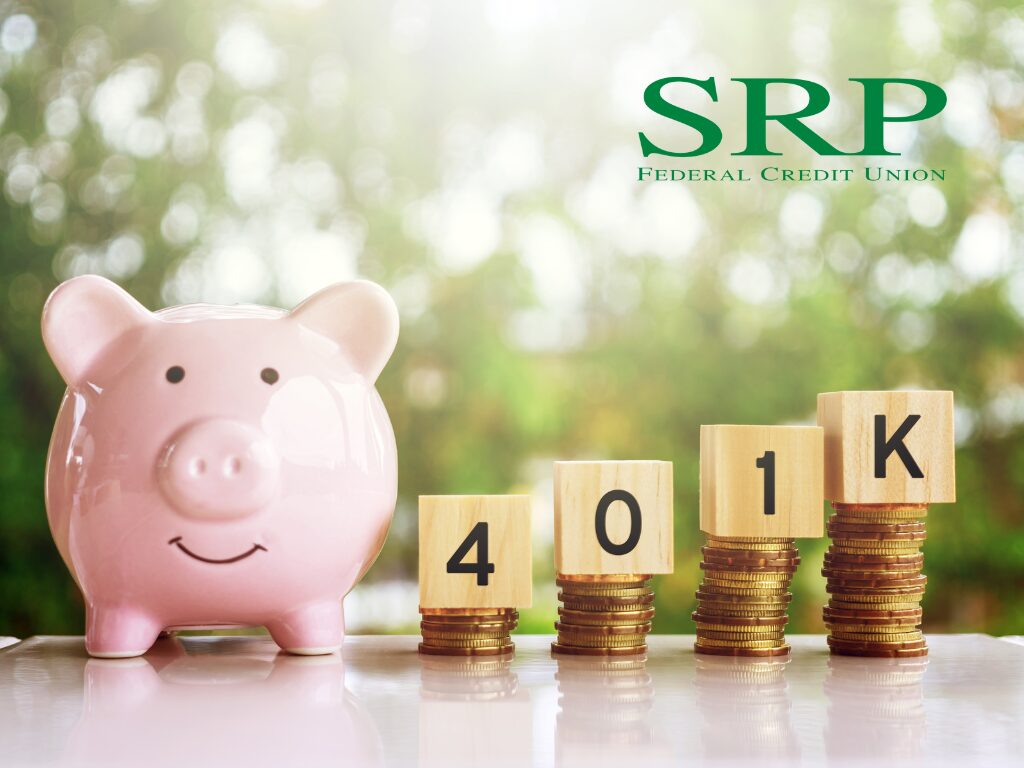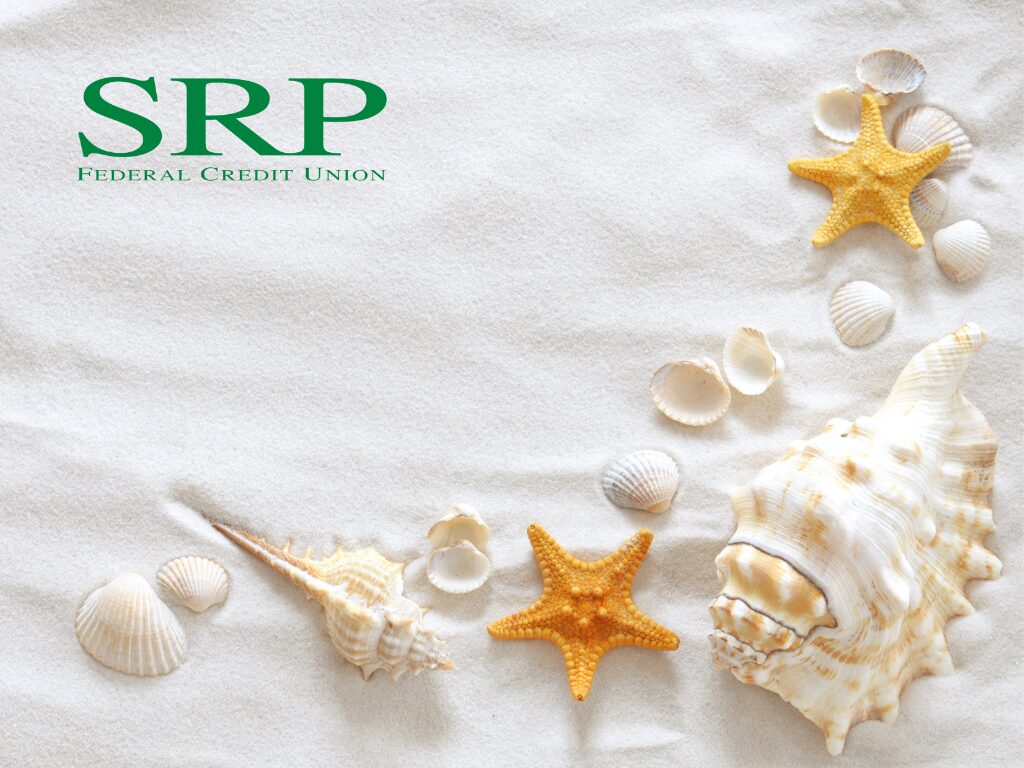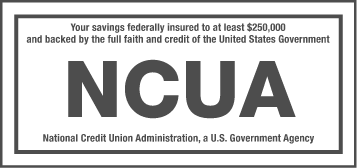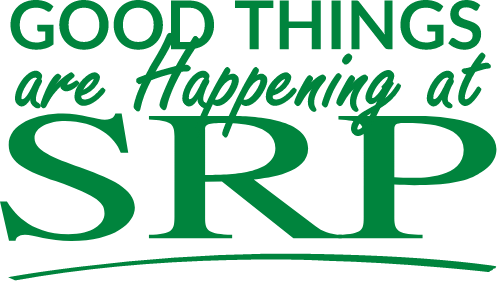
Smart Tips for Safe Shopping This Holiday Season
posted on
December 15, 2025
The holiday shopping season is right around the corner. Before you know it, you will be shopping day and night, crossing items off your gift list, and filling the space under the tree with colorful packages and sparkly bows.
Much of that shopping will likely occur online, so you will want to take additional security measures to protect your credit cards and other payment methods. To enjoy a happy, safe, and secure holiday shopping season, follow these essential tips.
- To stay safe when shopping online, start by assigning a single credit card for all your holiday shopping. If you have more than one card, check the rewards you will earn with each one and choose accordingly.
- Avoid debit cards and use credit cards instead. Debit cards can be useful, but they can also be risky when you are doing a lot of shopping. If your debit card is compromised or has a problem, it will be your responsibility to contact your bank to recover the funds. Credit cards offer much better protection against fraud and unauthorized use, making them the safer choice for online shopping.
- Create a spreadsheet of online purchases, amounts, and delivery information. Once you have started your online shopping, create a spreadsheet with all the relevant details. The spreadsheet should contain the name of the merchant, the total amount of the purchase, and any tracking numbers or delivery information. Having that spreadsheet in place will make online shopping and sticking to your budget significantly easier.
- Keep a running tab of how much you are spending. The spreadsheet you created in the previous step has one additional benefit -- keeping you on track with all your spending. Maintaining a running total of your spending is crucial to avoiding the risks associated with credit card debt.
- Cross off delivered items from your list. If you do a lot of online shopping, your porch will soon be filled with packages, making it a daunting task to keep track of all those deliveries. To avoid a costly oversight, return to your spreadsheet and cross each delivered item off your list.
- Cross-reference your credit card bill with the spreadsheet you created earlier. Online shopping can be fun, but the bill is undoubtedly on the way. When that day comes, you can return to your spreadsheet, cross-referencing the delivered items and their prices to ensure you have not been overcharged.
- Contact the credit card company and the merchant if there are any discrepancies. Hopefully, you will not have to worry about being overcharged for holiday gifts, but if you are, it is essential to contact the merchant and your credit card issuer as soon as possible. This is the best way to protect your rights and ensure that any necessary refunds are promptly issued.
- Stick to well-known sites. As the holiday shopping season approaches, many new websites start popping up. It may be tempting to try out a new merchant, but the holiday season is probably not the time to do it. Sticking to well-known sites is the best way to avoid unpleasant surprises, so pay close attention when you shop.
- Be aware of counterfeits. There are many phony products out there, and it’s important to be aware of counterfeits. If an online deal seems too good to be true, it may be a counterfeit item, so it’s best to pass and seek out the real thing instead.
- Use caution when shopping on social media. If you are a frequent social media user, you’ll likely come across influencers and others promoting products. These activities ramp up even more during the holiday season, but exercise caution when buying through those sponsored links. It’s impossible to know if your favorite influencer genuinely loves the products they recommend or if they’re doing it for the money.
The holiday shopping season is here, making it the perfect time to get ready. Stay safe when shopping online this year by following the tips listed above.
This article is for informational purposes only and is not intended to provide tax, legal, or accounting advice. You should consult your own tax, legal, and accounting advisors for advice. Membership required. SRP is federally insured by NCUA.
Article Credit: BALANCE













